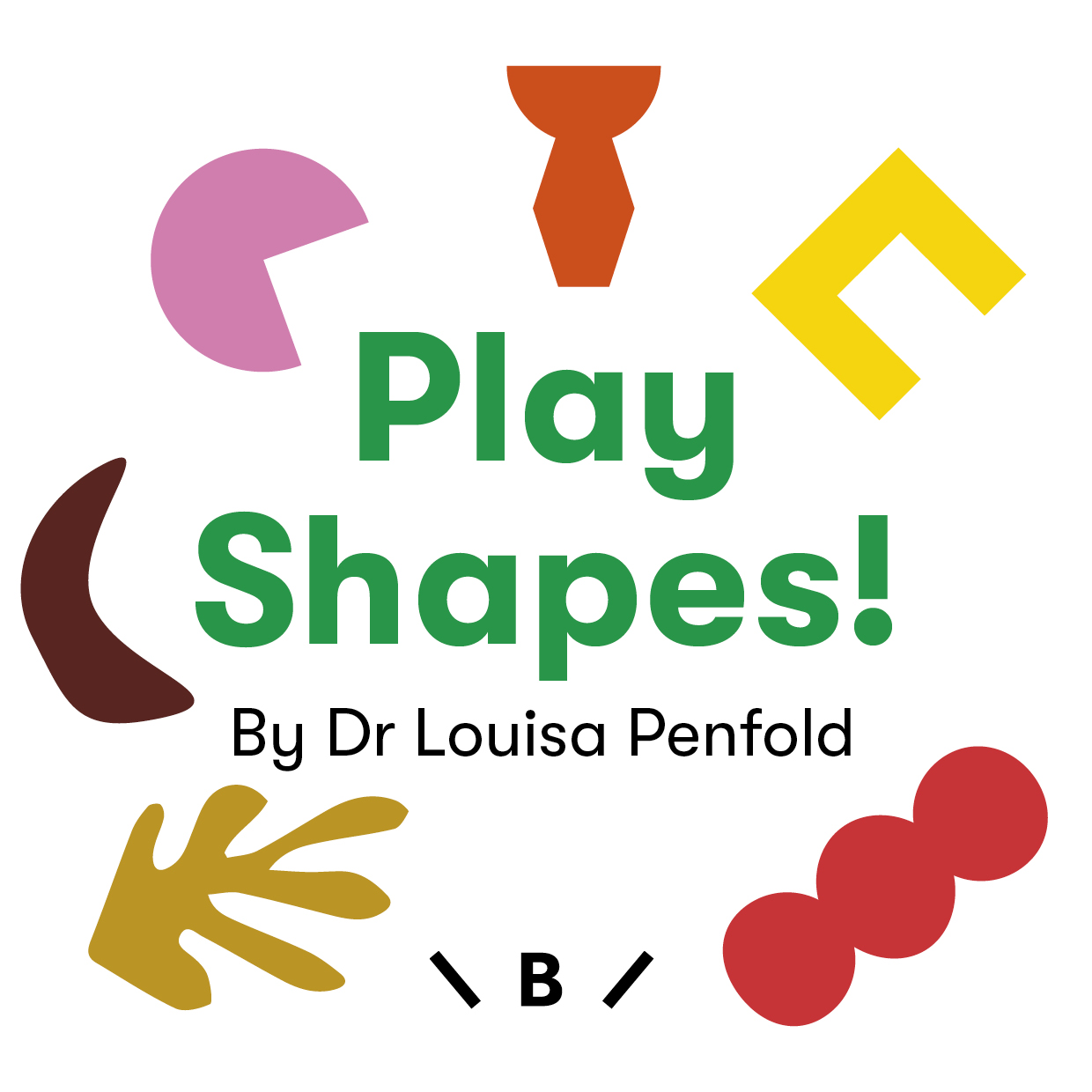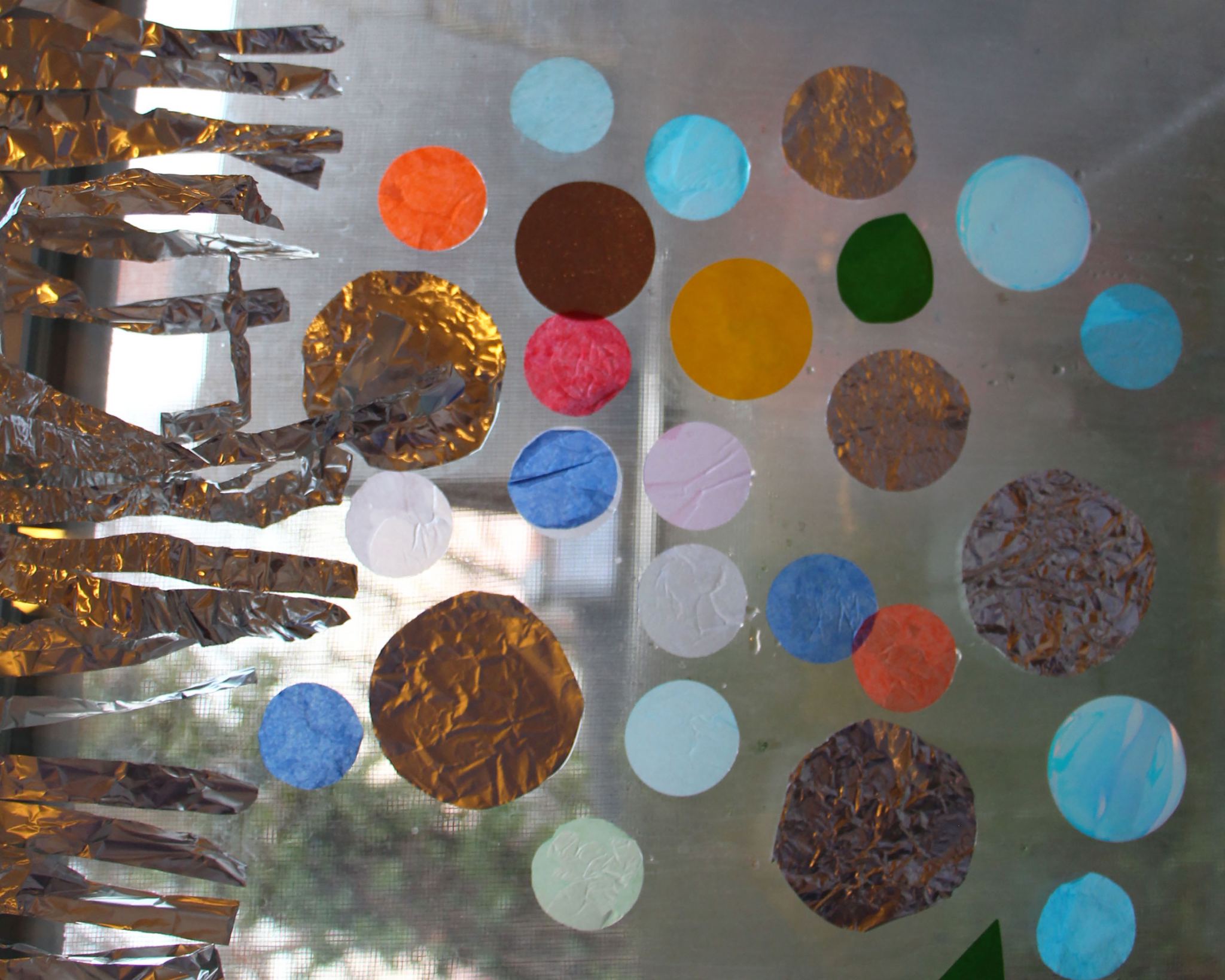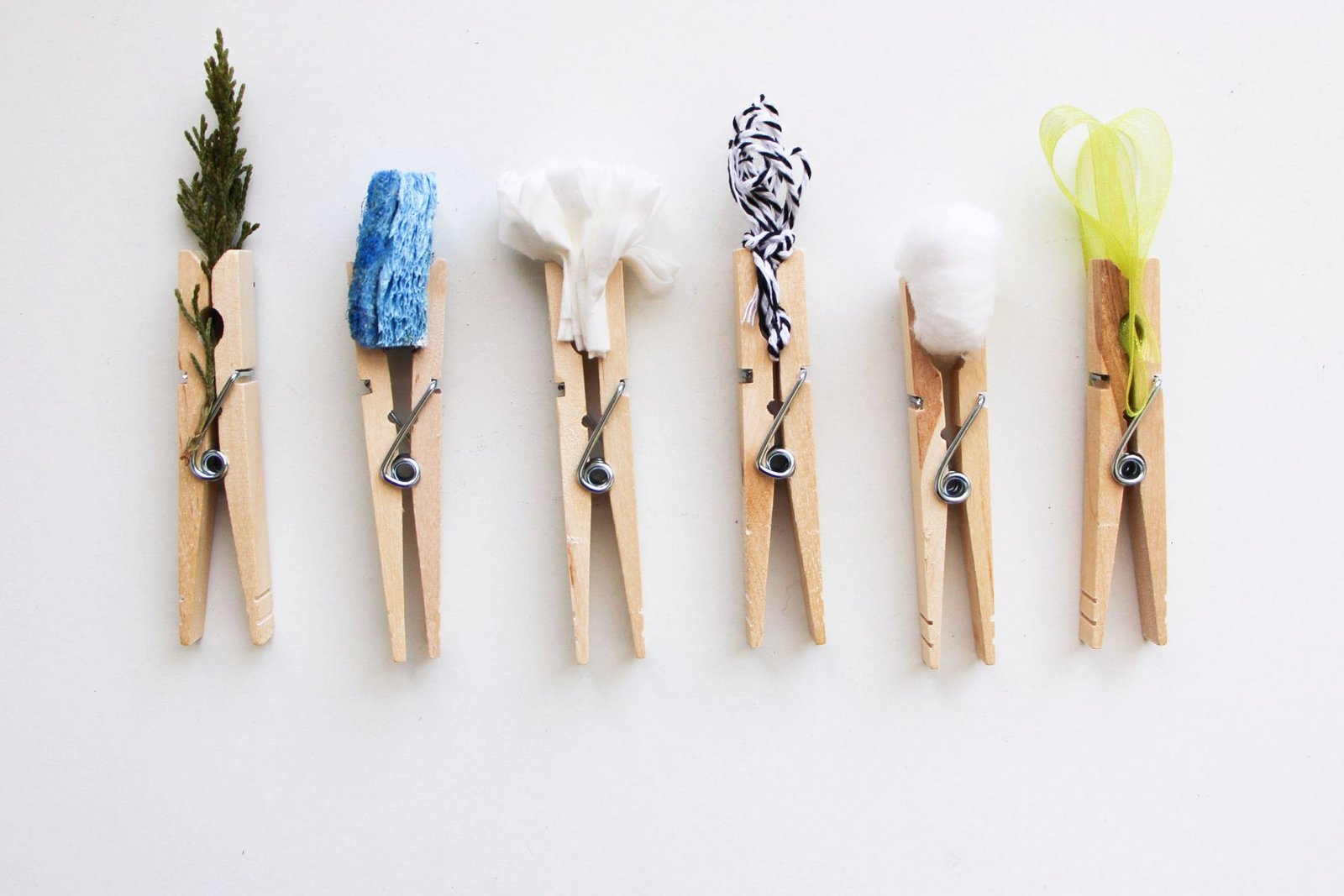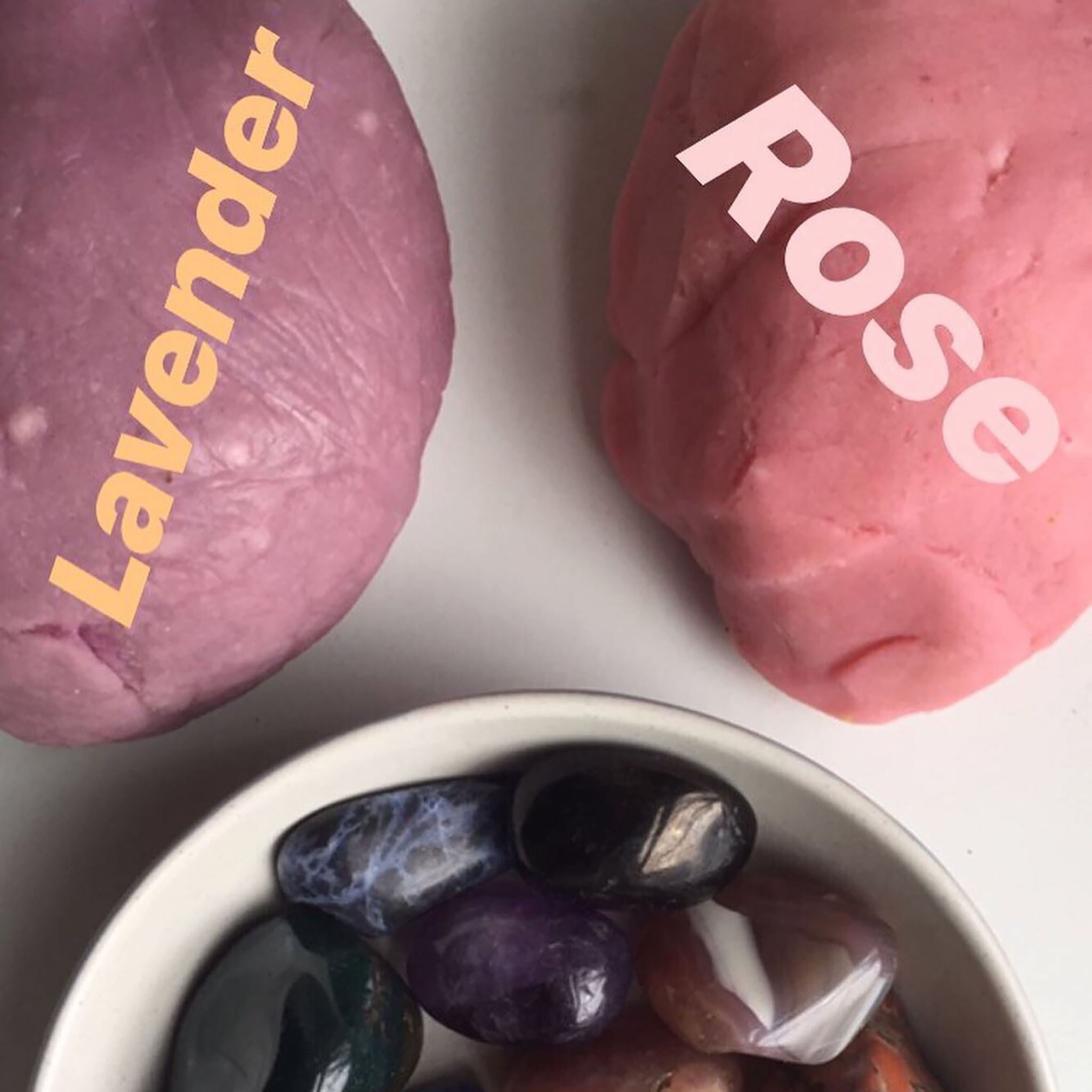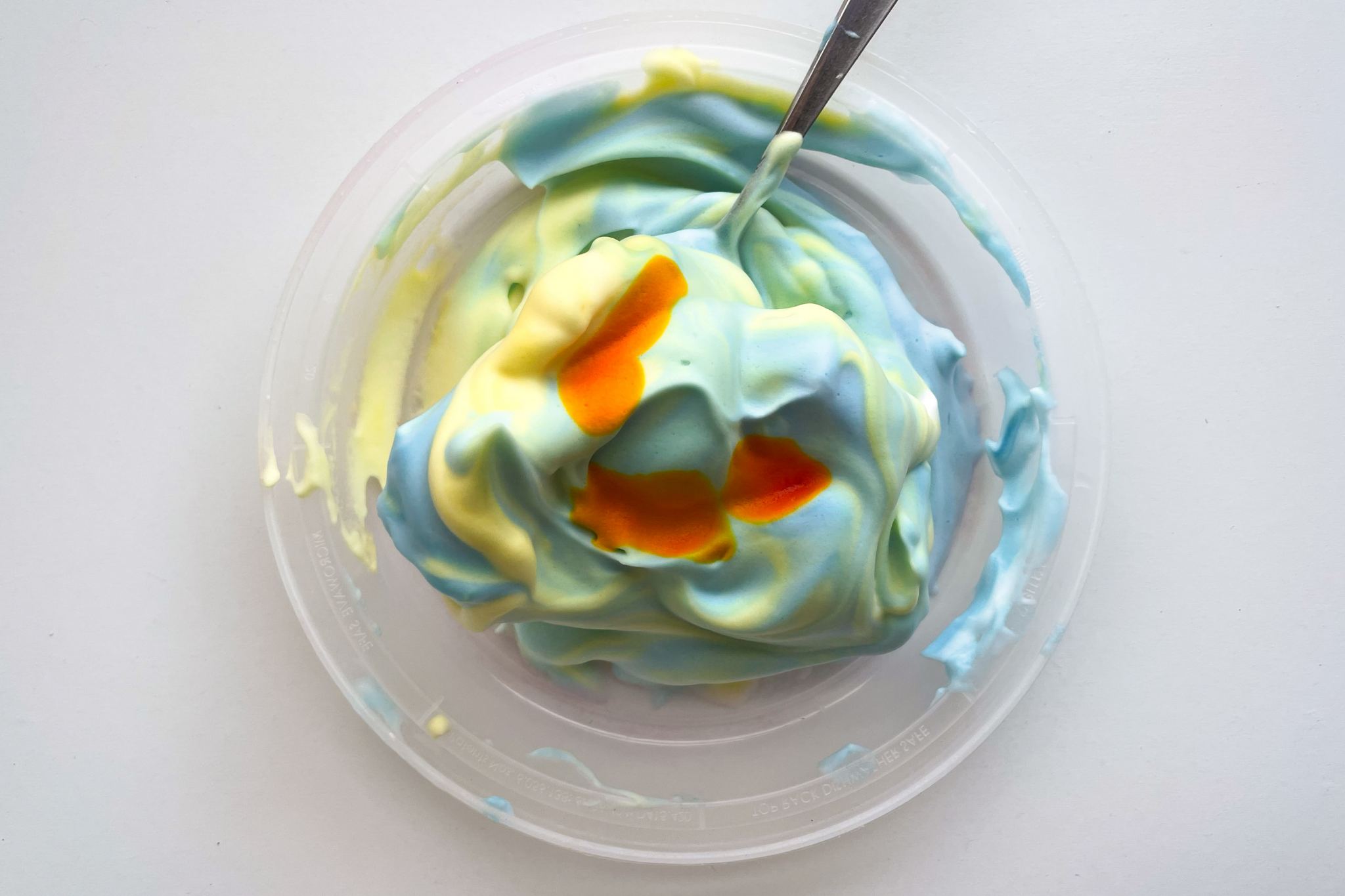I am so happy to introduce my new Play Shapes resource for families! This is a free PDF print out that is given to everyone who signs up to the Art Play Children Learning mailing list! The resources, which was developed with Beam Editions, features 10 pages of funky, colorful shapes that have been inspired by the art of Josef Albers, Bruno Munari, Henri Matisse, and Geta Brătescu. If you would like a copy, you can sign up to the mailing list here: [mailerlite_form form_id=1] The shapes can be printed on either regular printing paper or transparency film. In this post, I share some activity ideas for what you can do with them! Experimenting with light and shadow You can use Play Shapes to explore phenomena like light, shadow, opacity and translucency. First, print the shapes onto transparency film and cut them out. You can then add art tools, set…
Make a window picture
Attention all parents who currently have the kids (unexpectedly) at home! I know that everything feels so overwhelming right now. You are probably thinking ‘how the hell am I going to keep them entertained?’ I get that. It is such a weird time for everyone. So, I am going to do my best to help. I plan to share some different kid’s art projects that you can do at home over the next few weeks. These will all be simple, creative projects that can be done using things you have around the house. First up… Create a window picture The window picture I created in my kitchen! The first kid’s art project I am sharing is so simple but so much fun… creating a window picture! All you need is foil, paper, water and a window. This activity is perfect for children aged 2 years and up. What materials you…
Make your own paintbrushes
Have you ever tried creating your own art tools? It is a fun art activity to do. Many artists including Gerhard Richter, Jackson Pollock and Willem de Kooning are famous for making their own tools for painting! This post shares how you, and your kids, can make your own paintbrushes using pegs and other items from around the house. This activity is great as it allows kids to experiment with different designs, surfaces and textures so there are lots of opportunities for creativity and problem-solving. Age range: 18 months + Preparation time: 10 minutes What you need Large clothespins/pegsScissorsPaint (homemade edible paint is a great option for babies and toddlers)PaperHousehold materials such as cotton pads, dishcloth, paper towel, tissue paper, bubblewrap, aluminum foil, leaves, ribbons, string, feathers, flowers and pom-poms. Making your DIY paintbrushes Step One: Collect your household materials and cut them into small enough pieces so they can…
Make blinged-up playdough
Above: Turmeric and Matcha flavored play-dough This post shares a play-dough recipe unlike no other. That’s because it features some simple ingredients that you can add to bling it up! Play-dough is one of the all-time-greatest toddler activities to have been invented. It can also be a wonderful kid’s art activity because it is: Easy to make with ingredients you probably already have in your pantryA fun sensory-based activity that kids can do at homeSomething you can keep re-using for months (if you store it correctly) Age range: 1 year + but also fun for adults! Preparation Time: 10 minutes Ingredients for blinging up your play-dough: Before making your dough, think about what ingredients you would like to add to bling it up! These additional bits help to make kids play a sensory experience by incorporating different smells, textures and colors. Things you can add are: Essential oils. These are…
How to teach color theory to young children
Color is a foundational concept of visual art. By teaching color theory to children, we can help them to recognize and understand the make-up of different colors. This post shares the work of Josef Albers and presents two fun experiments that can be used to teach children (aged 3-7 years) about primary and secondary colors. You can also download these printable resources to extend children’s learning: Primary and Secondary Color ChartDownload Primary and Secondary Color Shade PrintoutDownload Once children are familiar with the basic concepts of color-mixing, they can apply this learning to different art mediums including painting, plastics, and textiles. Josef Albers and the theory of color Josef Albers (1888-1976) was a German-born artist, designer, and educator. He originally trained as a primary school teacher before studying painting at the Royal Academy of Arts. Albers then worked as a professor at the Bauhaus (Germany), before fleeing Nazi Germany for…


